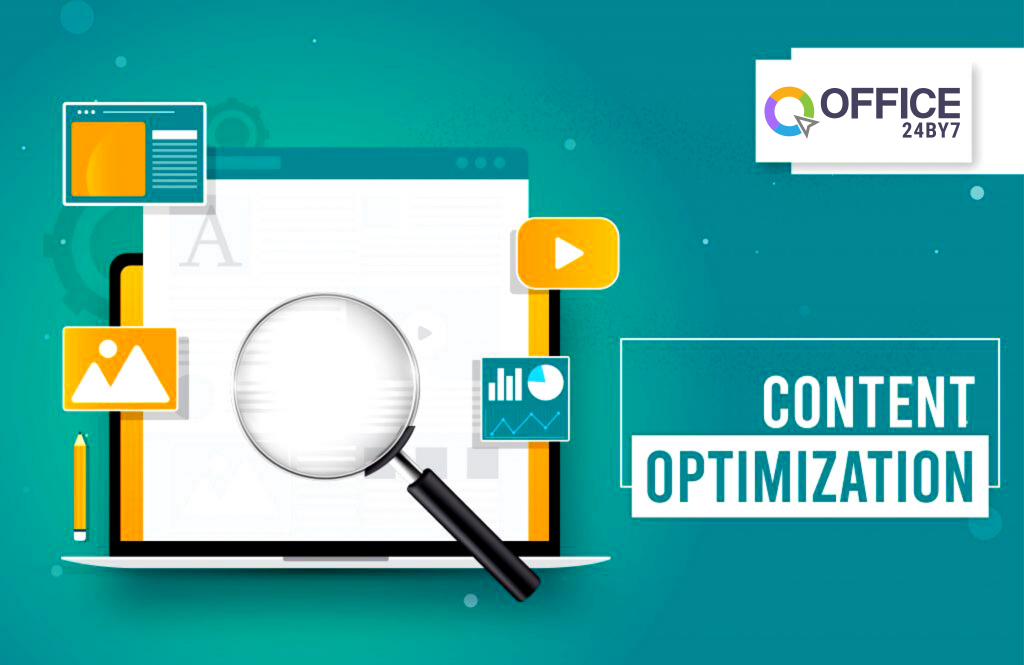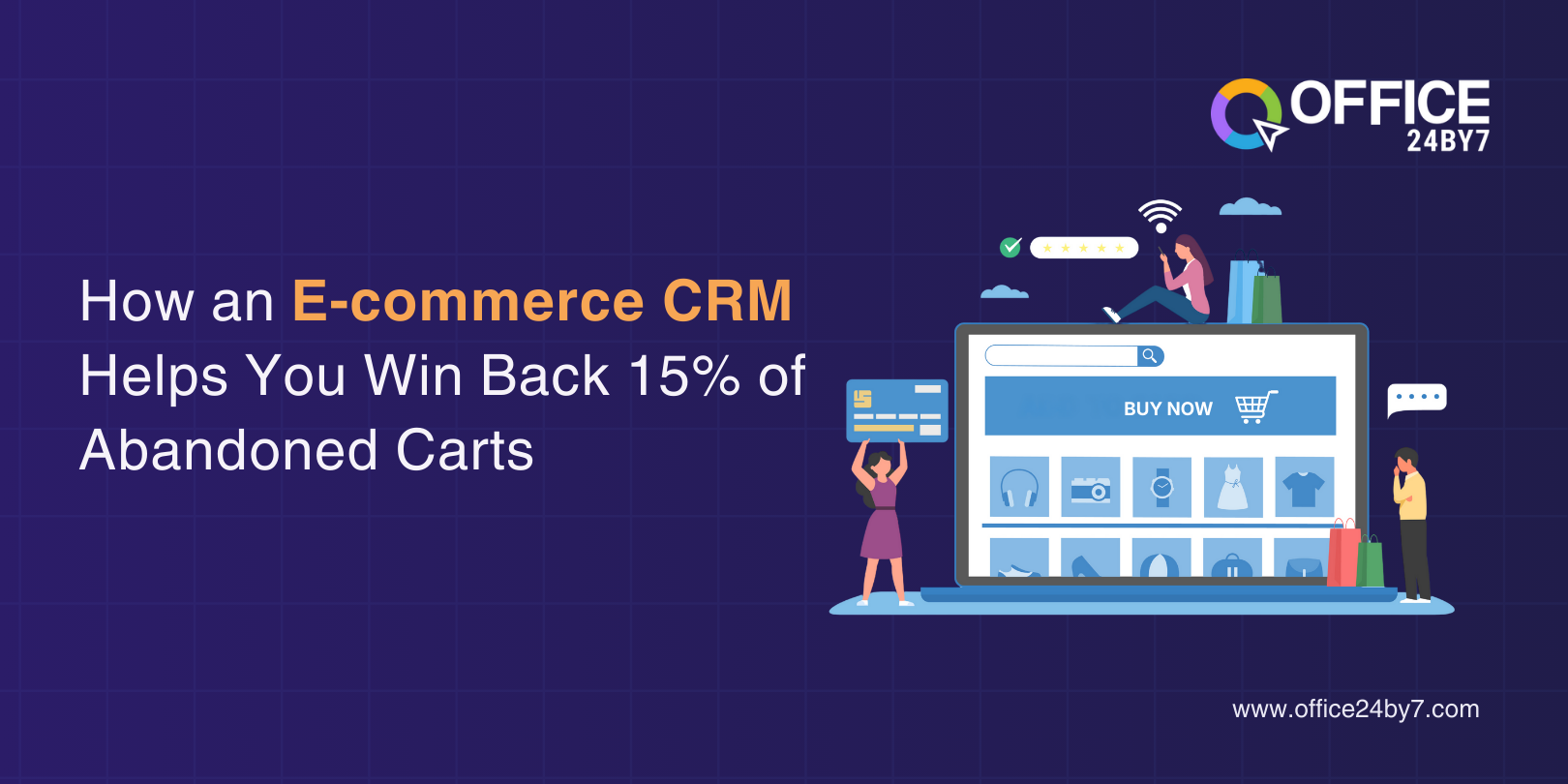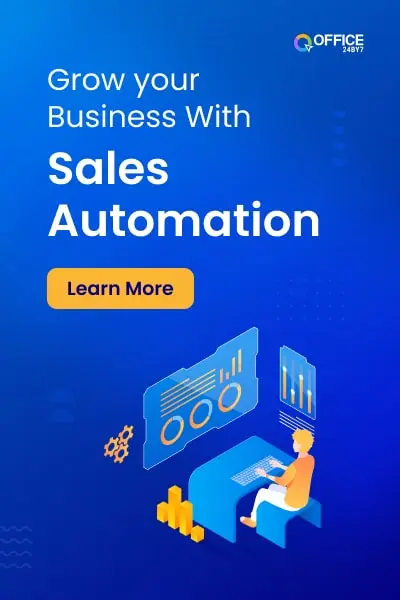
Search Engine Optimization or SEO is a set of strategies aimed at increasing the SERP (Search Engine Result Page) and to leverage the search engines potential to drive the organic traffic to a particular website.
SEO strategies can be broadly classified into off-page optimization and on-page optimization.
Off-page optimization refers to building links, social book markings and social media marketing. As the name suggests, off-page optimization is undertaken outside the page. The same has been discussed Importance of Off-Page Optimization in the SEO.
On-page optimization refers to the design, HTML codes and content. All of the basic optimization we can do on the page can be included in the on-page optimization. On-page optimization and Factors Influencing It has been discussed here.
As mentioned above content is the main factor of on-page optimization and optimizing content is also equally important for good search ranking and better organic traffic.
Content
Any written material can be referred as content. As we know, the entire web universe is being driven by the content.
Writing compelling and persuasive content alone doesn’t fetch you the traffic to your website.
Content needs to be optimized for search engines as well in order to attract a top search ranking and organic traffic.
What is Content Optimization?
Content optimization is a process whereby the content on the website is improvised to make it more attractive to readers as well as to search engines.
Broadly, content optimization includes ensuring the main business keywords are present adequately in the web page, title tags and meta description. Apart from that, optimizing the headlines for better CTRs and images for higher user engagement also constitutes content optimization.
In the nutshell, content optimization is nothing but making everything on your website easily readable to both the user and the search engine.
Why Content Optimization Matters?
For long, content optimization is looked as an on-page optimization tactic only, but with the changing algorithms and search engine’s emphasis on providing the most relevant yet authentic information to the end-user made it impossible to ignore the importance of content optimization in the overall SEO strategies.
Now it is treated as one of the main components of SEO strategies.
Content Optimization Tips
1. Accurately descriptive titles
Title tags still rule the roost when it comes to click-through-rate. It is also one of the most important google ranking factor.
So, make sure that you included your primary keywords in the titles. At best in the beginning of the title itself.
Stuffing keywords in the title don’t make it worthy to click. Alongside the main keyword, the title should be worthy enough to click. So, optimize it to entice the visitor.
It doesn’t mean that you should go overboard to ensure good CTR by any means. No, that most likely to backfire.
Stay true to what the page is describing. Ensure that the heading aptly summarizes what all has been discussed under it. But make it compelling enough to generate good CTR.
Of course, you can always look at the headings of competitors and try to be smarter than that.
2. Secondary keywords
Keyword optimization doesn’t necessarily mean that you should stick to primary and main keywords only.
Yes, the main keywords are important, but long tail, secondary keywords are what actually give you a distinct advantage when it comes to better SEO ranking.
Place all the secondary keywords strategically in titles, page content, headings, etc.
Also, ensure that relevant nouns are used with that the secondary keywords to make the content lucid enough to read for the user as well as the search engine.
3. Ensure Readability
Don’t assume that people automatically read your website If you create a beautiful website and write good content.
No, that’s not going to happen that easily. Because nobody has time enough to read and appreciate your writing. They are looking for particular information. If it is provided they are more than happy.
Until they find the right source of information, they will be just scanning for that information.
So, you have to make sure that the content has the right information with the adequate keywords but also ensure that it’s lucid enough to read wherever may one begins.
Well, that isn’t as easy as said but you have to strive for ensuring your content is cohesive and lucid enough to read, even for someone who’s not familiar with the domain at all even.
Use short and simple sentences, break into small paragraphs and ensure each paragraph is cohesive.
4. Educate and be useful
Your content shouldn’t confuse but educate the visitor. Ensure you have all the basics of the product, or the services your selling. Link the pages accordingly.
Create interactive content, where the visitor will have a say about what he wants to read next by linking the products manuals, user guides and case studies, etc.
Product features, benefits and comparison with the similar class products also help to empower the buyer and make an informed decision.
5. Visual media content
Diversify the content by using different formats, particularly the rich media content. There is a saying, a right picture speaks volumes than the written words. Yes, that old adage stands still.
Use different infographics wherever possible. Of course, high-quality images about the matters you are talking about also makes the story more vivid.
Needless to say, videos, GIFs, memes, etc. are far better not only to get hold of attention but also make your point assertively. Contact our Offci24by7 automation software tool provide content optimization experts to promote your businesses.





